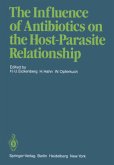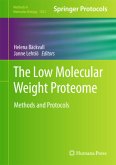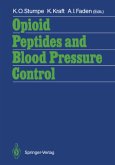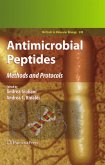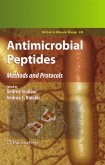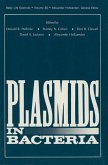Antibiotics are among the most widely prescribed drugs in both human and veterinary medicine. Furthermore, they are used to protect plants against bacterial and fungal diseases, to decontaminate the shells of eggs, and to improve weight gain and feed conversion in a variety of food animals. Many antibiotics, in addition, have been esseptial tools in the elucidation of specific cellular functions. Genetic engineering, for example, would not be what it is today without the use of antibiotics in the selection of easily determined genetic markers. Production of antibiotics involves a diverse group of professionals: the fermentation technologist, the bioengineer, the extraction chemist. To im prove productivity, an understanding of the biosynthetic pathway and the mechanisms of its control is often useful. After the more than 40 years since the discovery of penicillin, the biol ogist is still unable to answer basic questions: Why are antibiotics produced by only a small number of microbial groups? What is the function of anti biotics in nature? When we started to teach our course on the science of antibiotics at the University of Pavia and the University of Milan, we realized that there was no book that presented the basic facts and concepts on all aspects of this diverse science. This book therefore arose out of our teaching need. Our experience in the discovery, development, and production of antibiotics has certainly imparted a practical nuance to this book.
Hinweis: Dieser Artikel kann nur an eine deutsche Lieferadresse ausgeliefert werden.
Hinweis: Dieser Artikel kann nur an eine deutsche Lieferadresse ausgeliefert werden.


